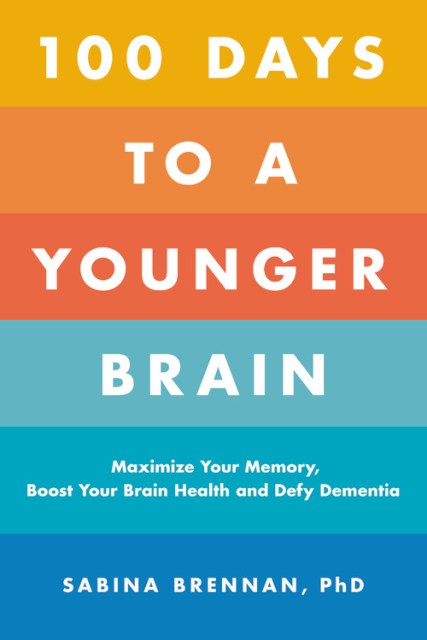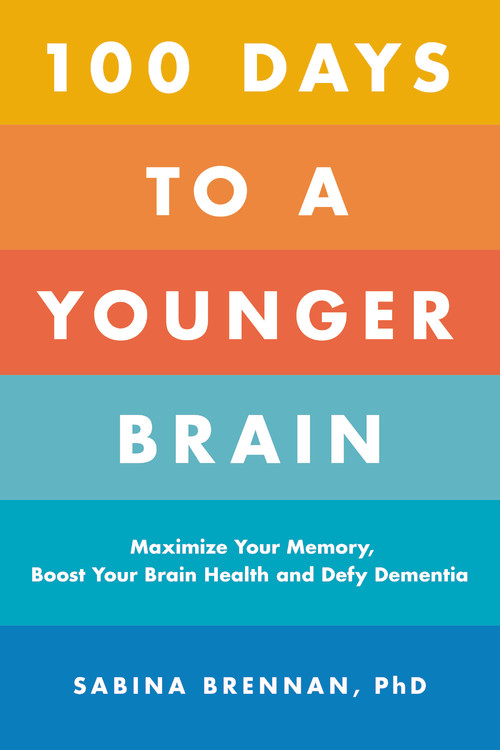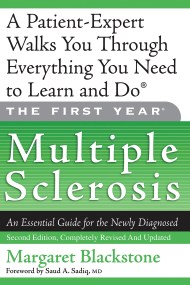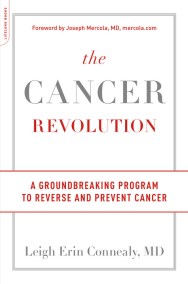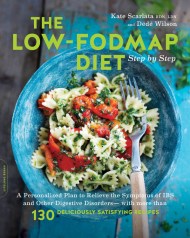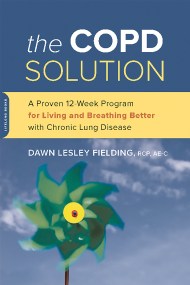Promotion
Use code MOM24 for 20% off site wide + free shipping over $45
100 Days to a Younger Brain
Maximize Your Memory, Boost Your Brain Health, and Defy Dementia
Contributors
Formats and Prices
Price
$17.99Price
$22.99 CADFormat
Format:
- Trade Paperback $17.99 $22.99 CAD
- ebook $11.99 $14.99 CAD
- Audiobook Download (Unabridged)
This item is a preorder. Your payment method will be charged immediately, and the product is expected to ship on or around January 14, 2020. This date is subject to change due to shipping delays beyond our control.
Also available from:
Living a brain-healthy life is not just to reduce the risk of dementia and other serious health issues but also to improve the quality of your life and brain performance now. Investing in brain health will cost you nothing but time and effort — and the brain-healthy recommendations in this book can all be followed for free! Brain health expert Dr. Sabina Brennan’s steps are simple to follow and within your control so can be integrated into daily life with ease over the course of 100 days, including:
- Creating a sleep profile and plan
- Assessing your stress levels and targeting specific areas to improve
- Building and maintaining a social life, mental health, and emotional wellbeing
- Planning out physical activity and heart-health practices
Genre:
- On Sale
- Jan 14, 2020
- Page Count
- 304 pages
- Publisher
- Da Capo Lifelong Books
- ISBN-13
- 9780306846489
Newsletter Signup
By clicking ‘Sign Up,’ I acknowledge that I have read and agree to Hachette Book Group’s Privacy Policy and Terms of Use
